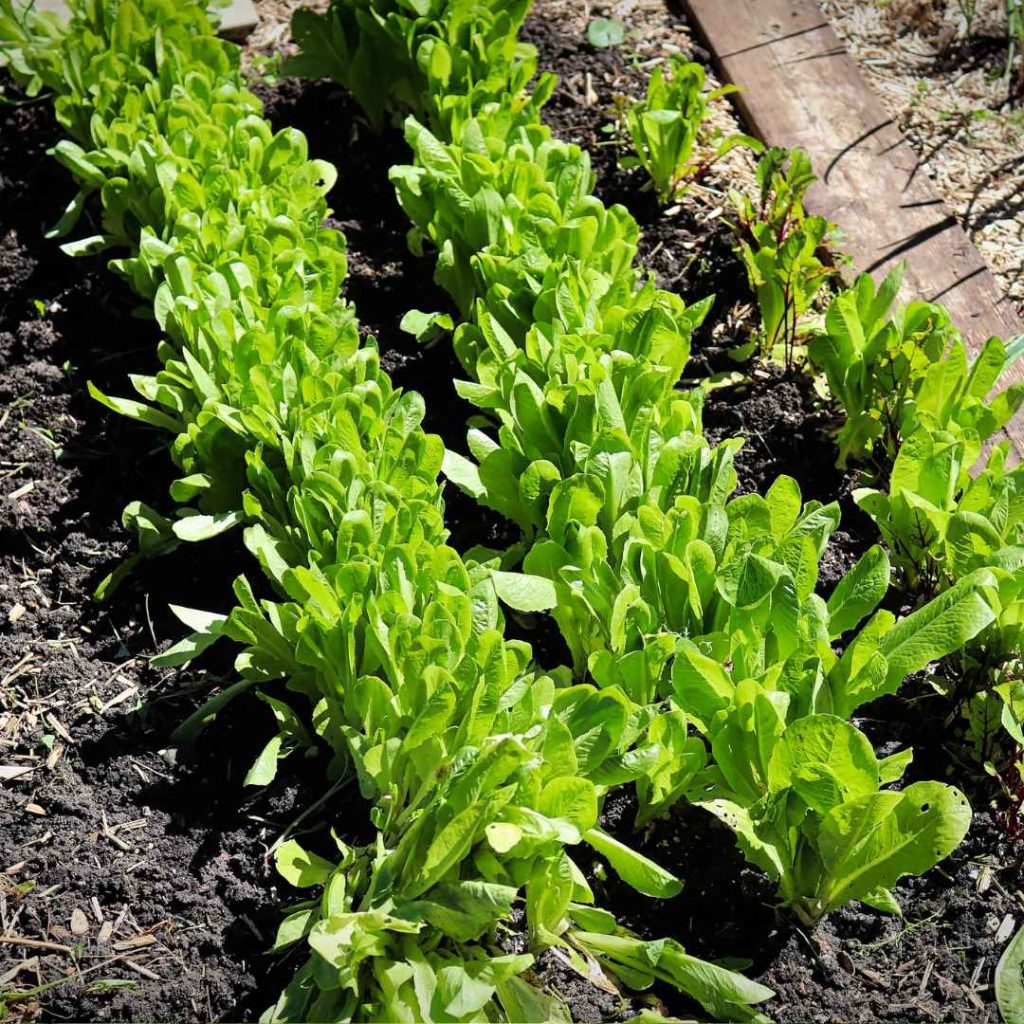Our outdoor environments can be made brighter by greenery. Learn more regarding widespread planting ailments and pests, as well as strategies to prevent them.
The selection of houseplants includes hardy and resistant plants as well as those with highly particular ecological requirements which require optimal circumstances for development to flourish.
Select the ideal household foliage for your space while ensuring that all fresh purchases are free of pests and nutritious. For around a period of three weeks, freshly purchased plants and those transferred indoors for the colder months are suggested to be kept apart from any additional indoor vegetation.
In order to take care of houseplants and address any problems that may arise, surveillance is essential. Examine your greenery’ leaves, stalks, and ground carefully as you are tending to them. Keep an eye out for indications of illness and infestations.
Typical Pests Include:
Aphids are tiny, insects with flexible bodies that consume the undersides of foliage and the tops of branches. They result in deformed fresh developments on the flowering plant, herbal products, and vines.
Mealybugs are white, “cottony” insects that live on vegetation foliage, stalks, and bases. They are frequently found on gardenia, Oregon, zinnia, cabbage, African violets, succulents, and cactus. The harm from nibbling results in early shedding of leaves and reduced development.
Soft scales: only crawling creatures are capable of moving about; once they’ve bonded to a vegetation grazing location, they cover their entire exterior with an impenetrable sticky layer. The scales’ bodies are circular or elliptical and can be either brown or greenish. They adhere to the foliage and stalks of various greenery, such as ivy, ferns, citrus, as well as ficus.
White flies are tiny, white creatures that resemble gnats and congregate when agitated. Hibiscus, and poinsettia are among the plants that white flies prefer. Decreased vitality, foliage decline, and discoloration are all signs of devastated vegetation.
Thrips are little (1/16″) microbes, and their offspring consume blossoms and the underside of leaves. They deform and stain blossoms and greenery, and the buds they create frequently don’t develop. Primroses planted in greenhouses frequently have this issue.

Strategies Of Prevention:
Picking manually pests, washing the top and bottom portions of leaves with lukewarm water, or using cotton wipes soaked in spirits to remove creatures from hard-to-reach places are a few management techniques.
Pruning affected areas or using interface spraying of gardening oil or soap that repels insects are options for severe outbreaks. Observe the instructions on the packaging. To eliminate creatures that frequently rely on the underneath of foliage, be cautious that you implement any preventative measures there.
After each usage, wash the pruning tools of any dirt or trash. After utilizing pruning tools on bugs- or disease-infested vegetation, clean them with a ten percent chlorine bleach mixture or strong iso propyl alcohol (IPA). To stop the disease from transmitting to nearby vegetation, plants with symptoms deserve to be kept apart.
The Following Illnesses Can Affect Plants:
Compared to pest infestations of indoor plants, ailments are typically uncommon and more difficult to manage.
Brownish, moist patches on leaflets or blossoms are caused by gray mold (Bigotry incinerate), which destroys mature greenery and blossoms. On diseased tissue, dirty, grayish specks are evident.
Ovoid in shape brownish or blackish specks that are not confined by veins in the foliage and frequently have a violet-colored or yellow ring are caused by a type of mold called leaf spot. Spires carried by the breeze migrate to lush foliage. Yucca plants, the orchid family, prayer plant life, are among the flora that are frequently impacted.
African violets, succulent species, and begonia plants are particularly susceptible to powdery mildew, which causes deformation and a gray-white chalky covering on their foliage and stalks.
Over irrigation or weakened origins can cause decay of the roots. Root decay, a soil-dwelling pathogen which leads to sagging and darkened, spongy roots, is avoidable. Succulent plants, flowering orchids, and cyclamen seeds are particularly vulnerable.
Techniques For Avoiding Disease:
Keeping containers and utensils clean is part of preventing infection. Give houseplants plenty of air movement. eliminating excessive planting, irrigation, and pressing. Foliage should be kept dried out. Eliminate every leaf exhibiting symptoms of fungus issues. As quickly as you notice an issue, trim and dispose of any contaminated areas. Throw away houseplants that are badly damaged.

Five Strategies To Keep Invasive Organisms Out Of Your Domestic Landscape:
Here are certain ways to keep creatures out of your domestic landscape, particularly if you’re starting from scratch:
1. As previously said, attempt to grow your own hydroponically grown saplings. This is an excellent educational exercise in addition to being a strategy to keep bugs far away.
2. Keep an eye on the landscape every day. By doing this, you can guarantee that the insects are caught beforehand and they create an ongoing problem. Check for any indications of injury caused by pests such as leaf perforations and foliage discoloration.
3. Always use sterilized, sweep vessels and portions of the system. This stops bugs and other harmful creatures from creating an optimal breeding habitat.
4. Overseeing the foliage by pulling out any fallen leaves and separating any varieties you think might be afflicted.
5. Constantly preserve optimal growing circumstances, particularly adequate air circulation.
Taking Care Of Pests And Creatures:
Eliminating Insects By Hand:
Taking the effort to hand removing indoor gardening pests from the vegetation is the easiest and easiest environmentally friendly way to address them. When the population of fleas is minor or your crops have greater or lesser foliage, this method performs well.
Although it takes greater effort, eliminating them manually works well. If the foliage is not scratchy or hairy in appearance, carefully wash them with a neat, wet towel to get rid of most of the bugs.
Alternatively, utilize an assortment of sterilized tweezers to eliminate the insects one at a time. Next, use the instruments to reach into the small spaces and corners where leaflets are attached to twigs or trunks.
There are a few natural remedies alternatives you can utilize if you don’t want to spend your time personally eliminating pests or if your insect problem is worse than you anticipated.
One environmentally friendly, secure strategy to tackle issues is to spritz with a soap mixture. A single spoonful of “absolute” liquid detergent should be added to one gallon of purified or filtered water utilizing an uncontaminated spraying container.

Avoid dish washing soaps that promise to remove oil since they can harm foliage’s waxy layer. Concentrated insect repellent soaps include oily substances that choke tiny, delicate insects while also altering the arrangement and transparency of their membranes inside the cells.
Alternatives For Chemical Medical Care:
The mashed pods of the neem tree are used to make neem oil, an organically generated insecticide that is regarded as a single lowest harmful botanical insecticides to individuals and has extremely little sensitivity to desirable creatures.
Techniques For Preventative Measures:
Taking precautions to keep pests away from your indoor landscaping crops may assist you deal with fewer issues later. The greatest strategies to avoid pest-related problems are listed below.
Examine Every Freshly Brought Plant That Enters The Residence:
This is beyond any hesitation the most effective method for keeping insects out of your indoor vegetable patch. Make sure to physically evaluate all fresh vegetation you buy or receive as gifts from friends or neighbors prior to introducing them to your growing arsenal. Before putting it alongside plants that are flourishing, cure it if it has any pests.
Keep The Air Flowing Freely Between The Vegetation:
Allow room among houseplants and other vegetation, and if at all feasible, use a ventilation system to give plants soft, breathing air. This airflow makes it more difficult for migratory organisms to take refuge on plants and assists in avoiding moist circumstances that attract parasites.

Avoid Over Fertilizing:
While giving the vegetation the right nutrients is vital, fertilizing excessively damages them and puts them under pressure. Stressed vegetation is more vulnerable to parasite assaults, particularly from caterpillars who rely on liquid.
After Every Usage, Disinfect Your Landscaping Apparatus:
After finishing your duties, be certain to scrub and disinfect all of the instruments you implemented, irrespective of whether you are interacting with plants that are flourishing or ones that are infested with insects. This will prevent creatures from accidentally moving from a specific plant to a different one
